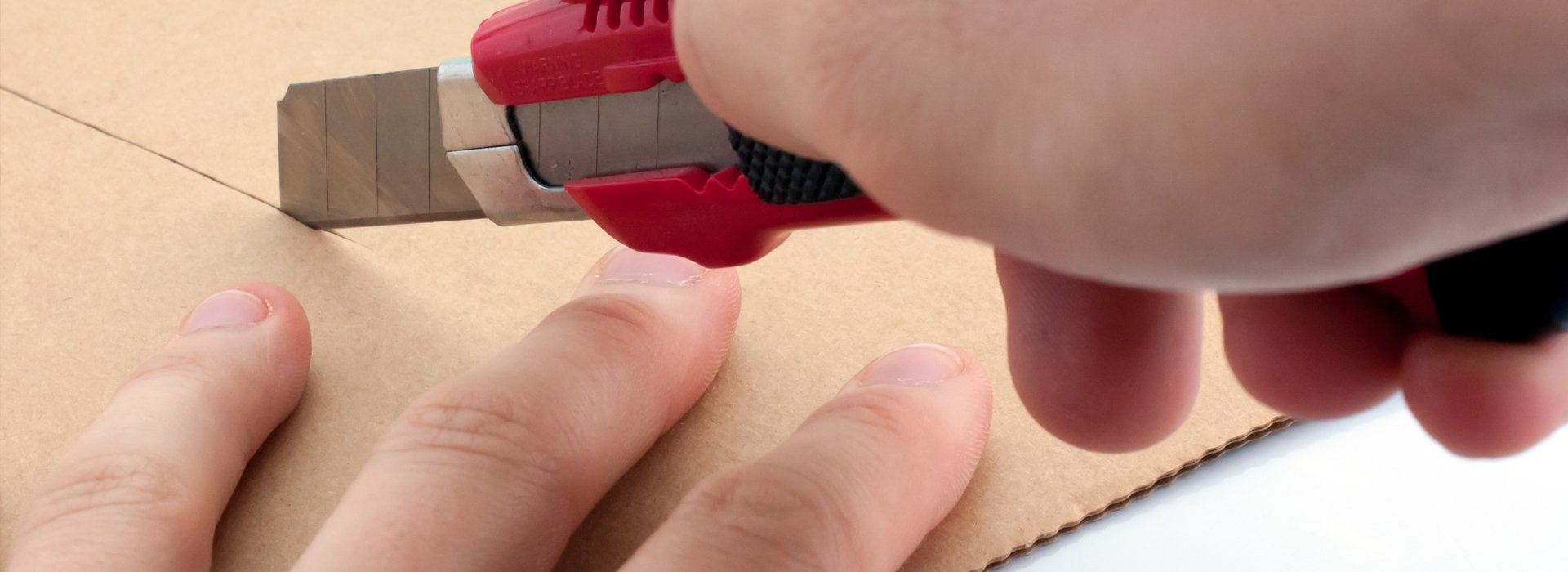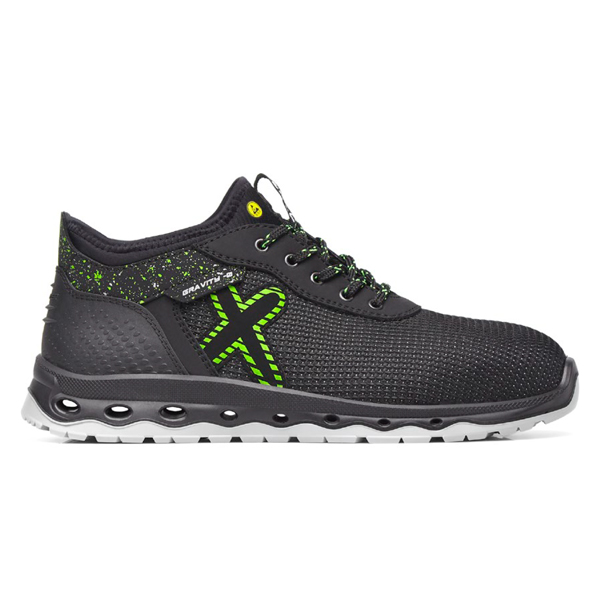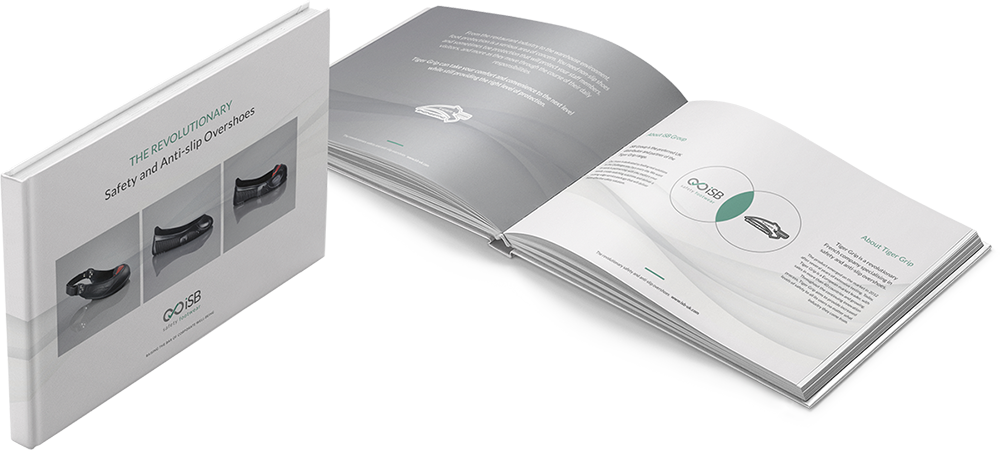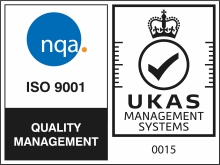
Items like scissors, box cutters and utility knives are used in many offices. They may not be used as frequently – perhaps not even every day – but it is no less important that they are used safely.
In fact, it can be in seemingly ‘safe’ environments like offices that accidents happen. People who don’t often use tools are less likely to know how to use them properly, and this can lead to injury. Also, with fewer perceived hazards around them, office workers can be complacent about the potential dangers of using hand tools, particularly if guidelines around the safe use of tools and equipment aren’t regularly addressed in the workplace.
In this blog we look at five tips for safe hand tool use in the workplace.
Tip 1: Designate a specific area for hand tool use
Wherever possible, businesses should reserve a specific area for using hand tools, especially for cutting materials. This will ensure that colleagues and visitors alike are alert to potential hazards when in this area, and the physical act of having to go to a specific part of the workplace to use a certain tool will help ensure users are more mindful of what they are doing – and the potential risks.
Keep everything to do with tool use – including the tools themselves, personal protective equipment and items like cutting mats – in the same area, so workers don’t have to search to find what they need. Having everything to hand will increase the likelihood of workers wearing the proper protective equipment and using sanctioned tools, as well as make it easier for businesses to spot when an item is missing.
Tip 2: Keep tools in good working order
Safe tools are tools that work well. For cutting tools, this means that the blade needs to be in good working order. Dull blades require the user to apply more force in order to cut materials, increasing the likelihood of the tool slipping.
Tools should be cleaned regularly and after each use, especially their handles, which can harbour potentially infectious bacteria and viruses. They should have no loose parts or cracks, and any that do should be fixed or replaced with new ones.
Blades should be clean, free of any large chips and – if they are metal – free of rust. Used blades should be disposed of in a sharps container.
Tip 3: Provide appropriate personal protective equipment (PPE)
Personal protective equipment should be in good working order, which means free of any holes or tears. It should also fit well – there is no one-size-fits-all for safety clothing. Workers should have access to a range of sizes to ensure there is something that fits them properly. Gloves that are the wrong size can restrict movement and result in reduced protection against hand injuries.
Tip 4: Choose the safest possible tools
As well as lasting longer than cheap, potentially flimsy models, high quality tools are safer, and this investment in safety is one worth making. Every year, workplace injuries cost businesses in medical bills, higher insurance premiums and lost productivity.
Look for tools with an ergonomic design that reduces fatigue and mitigates against repetitive stress injuries. If the handle surface is easy to grip, it will be more comfortable for the user as well as reduce the chance of slippage. Check that the tool is properly weighted for ease of control.
With cutting tools, choose options that offer the user protection from the blade, such as a safety cap or retractable blade. You may also want to explore blade options, as there are safer alternatives to metal blades on the market, including advanced ceramic blades that are safe to the touch.
Tip 5: Regularly remind workers about hand tool safety
Improper use is one of the biggest causes of injuries to workers using tools, so teaching their correct use is absolutely vital.
Display posters and pictures in your designated hand tool area showing workers how to use different tools correctly and reminding them about safety protocols.
Also provide regular proactive teaching, including hands-on demonstrations. Invite your workers to try out the tools for themselves so you can check their understanding and correct any mistakes in a safe environment.
Demonstrations needn’t be long or complex. They could be as simple as:
- Clear away any clutter from your workspace
- Make sure you are wearing appropriate PPE for the tool you are using
- Check your tool is in good working order
- Use the proper technique when using the tool
- Cover or remove any unsafe surfaces or items such as blades
- Clean tools with antibacterial wipes
- Put your tool and PPE back in its designated storage place.
Sadly, hand injuries are all too common but – with a little effort in the right areas – they can be significantly reduced, and even eliminated altogether.
You Might Like...
 1
1
Gravity Jupiter Safety Trainers- E3200
Ultra resistant textile TECNO-TEXT upper
 2
2
Gravity Jupiter Safety Trainers- E3200
Ultra resistant textile TECNO-TEXT upper
 3
3
Gravity Jupiter Safety Trainers- E3200
Ultra resistant textile TECNO-TEXT upper
 4
4
Gravity Jupiter Safety Trainers- E3200
Ultra resistant textile TECNO-TEXT upper

















